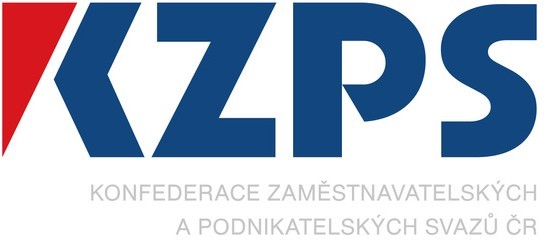Czech Business Today
EESC Corner – research and innovation partnership
The Commission’s communication on partnering in research and innovation COM (2011) 572 final deals with the question of how to optimise existing research and innovation (R&I) resources so that the European Research Area can be completed by 2014 and the Innovation Union, Digital Agenda and other Europe 2020 flagship initiatives can be implemented, even in view of the current economic and financial crisis.
In its communication, the Commission falls back on the concept of partnerships, the importance of which as a means of pooling efforts was emphasised in the Commission’s communication on the Innovation Union published in October 2010. Partnerships should bring together European and national stakeholders from the public sector in public- public (P2P) and public-private (PPP) partnerships, in order to meet the major challenges facing society and to strengthen Europe’s competitive position. In order to reach a common view on how R&I partnerships may contribute to smart and sustainable growth in Europe, partnership models were developed and tested in the seventh framework programme for research (FP7), the competitiveness and innovation programme (CIP), the European Research Area (ERA) and in the political framework of the Innovation Union. In its overall assessment, the Commission concludes that partnerships offer a range of advantages and still have untapped potential.
European innovation partnerships (EIP) may provide an overarching framework for the various partnership models by bringing together all important stakeholders in the R&I cycle, covering both the supply and demand sides, and by fostering political commitment to agreed measures. In addition, partnerships are an efficient way of involving small and medium- sized enterprises more closely in research and innovation. Demographic change, climate change as well as changes in industry, economy and labour market as a result of globalisation are the biggest challenges for the future development of the European Union’s Member States. In order to overcome these challenges, joint efforts and the participation of all potential stakeholders are required and relevant measures must be coordinated centrally. They must be dealt with urgently through a combination of research, science and technology-based innovation as well as social innovation.
Pooling resources, the creation of an appropriate budget and distribution of resources also requires central coordination so that the opportunities also associated with demographic change and global challenges can be used effectively for research and innovation. The EESC therefore welcomes the Commission’s initiative to establish and promote European innovation partnerships under the Innovation Union flagship initiative, which are geared towards organising the European research and innovation cycle in a more effective way and reducing the timeframe for innovations in the market.
According to the conclusions, partnerships should be simple, flexible, inclusive and open, steering groups should be representative and balanced, and relations between existing initiatives and instruments must be clarified from the beginning. Furthermore, partnerships require clear frameworks for how they are structured, financed and operate in order to ensure their stable development over the longer term.
Marie Zvolská,
Member of the EESC, (Group I – Employers)






